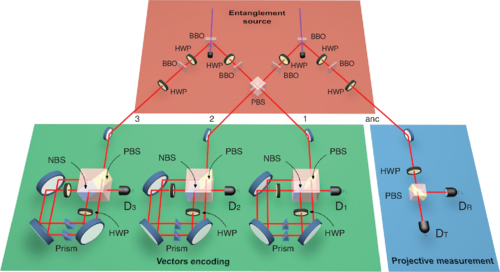DARPA’s Anti-Submarine Warfare developing submarine hunter killer drone
DARPA’s Anti-Submarine Warfare (ASW) Continuous Trail Unmanned Vessel (ACTUV) program seeks to develop a new type of unmanned surface vessel that could independently track adversaries’ ultra-quiet diesel-electric submarines over thousands of miles. One of the challenges that the ACTUV program is addressing is development of autonomous behaviors for complying with the International Regulations for Preventing …










